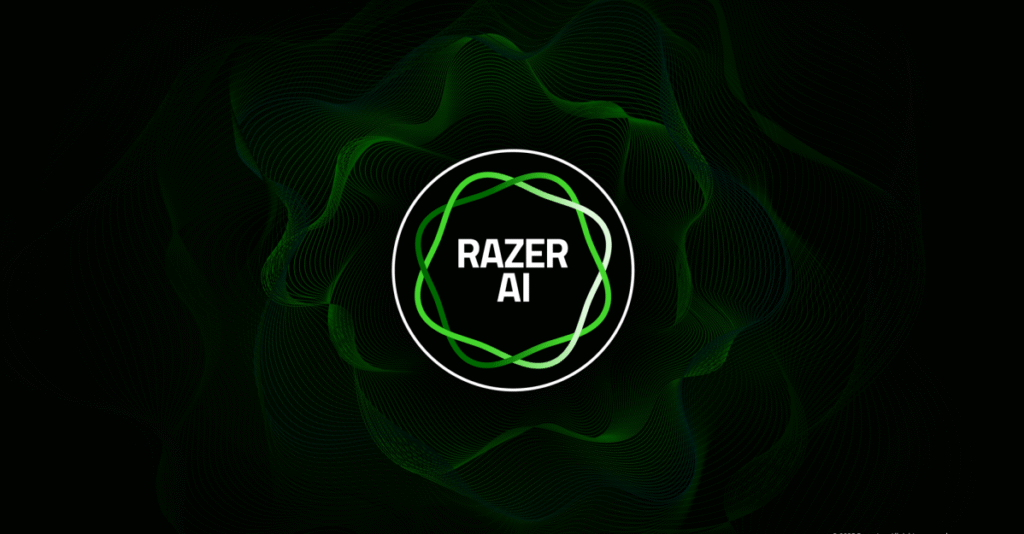Razer has recently entered the AI landscape with the launch of its developer platform, Wyvrn, which integrates automation tools aimed at enhancing quality assurance (QA) and gaming experiences. This platform encompasses several innovative tools, notably the Razer AI QA Copilot and the AI Gamer Copilot. The implications of these introductions extend beyond mere technological advancements; they raise significant questions about labor dynamics within the gaming industry, overall efficiency, and cost-effectiveness.
The Razer AI QA Copilot is a transformative tool for game developers, operating as a cloud-based plug-in compatible with various game engines, including Unreal Engine and Unity. Its primary function is to streamline the traditionally manual and labor-intensive process of quality assurance testing. By leveraging artificial intelligence, this tool is capable of automatically identifying bugs and performance issues, which can lead to substantial reductions in both testing time and costs. For instance, Razer claims that the AI QA Copilot can identify 20 to 25 percent more bugs compared to manual testing, potentially cutting QA time by up to 50 percent and providing cost savings of 40 percent.
However, this increased efficiency comes with potential risks. As AI tools become more adept at performing tasks traditionally held by humans, the implications for QA team employment may become pronounced. If these AI tools are integrated successfully, there could be a significant downsizing in QA teams, raising ethical questions about workforce sustainability. Game developers will need to navigate the balance between implementing advanced technologies and maintaining a human workforce.
For organizations considering adopting these AI tools, understanding the common issues faced during automation is critical. Problems can arise from integration challenges, API rate limits, or the fundamental errors that AI may produce. API rate limits can restrict how often your system can send or receive data, which could delay your project’s progress and hinder real-time troubleshooting. Such limitations require careful planning and buffer time to avoid major inconveniences.
To address these common automation issues, it’s essential to adopt a methodical approach. First, ensure that your API integrations are correctly configured to handle the expected load. Monitor request patterns and logs to detect potential bottlenecks and adjust your infrastructure accordingly. If you encounter an API rate limit issue, you can implement strategies such as queuing requests or using a more robust API that can accommodate your needs.
Next, it is crucial to engage in rigorous testing protocols. Developing a clear testing schedule and ensuring that you have both manual and automated testing phases can mitigate the risk of bugs slipping through. Once the AI QA Copilot is in use, validate its findings through parallel manual tests focusing on specific areas where automation might fall short. Always keep an eye on the variety of bugs reported, refining your testing strategies continuously based on these insights.
Another common issue is the potential for the AI to produce inaccurate or incomplete reports. AI tools, especially those based on machine learning, require substantial datasets to train effectively. If your AI Copilot is underperforming or failing to recognize errors, consider enriching the data set it learns from—this might involve tagging more bugs or refining the existing classification system. Ensuring that the AI has adequate context can significantly improve its error-detection capabilities.
The return on investment (ROI) for quickly resolving automation issues is substantial. Not only does it enhance the speed of project development, but it also contributes to crafting a better final product that users can enjoy without disruptions. In the competitive landscape of gaming, where user satisfaction can significantly impact revenue, addressing these issues effectively can lead to greater consumer loyalty and increased sales.
As Razer continues to roll out the AI Gamer Copilot, another component of the Wyvrn platform designed to provide real-time, on-the-fly gameplay tips, the importance of robust automation and addressing common errors becomes even clearer. Though still in its development phase, AI-driven assistance shows promise in enhancing user experience by offering strategic advice during gameplay, thus ensuring players remain engaged and informed.
In conclusion, while the integration of AI technologies like the Razer AI QA Copilot and AI Gamer Copilot presents exciting opportunities, it is vital for gaming companies to address the common pitfalls associated with automation. By employing systematic troubleshooting strategies, organizations can effectively leverage these tools to enhance efficiency and responsiveness, minimizing risks while maximizing potential returns.
FlowMind AI Insight: As gaming technology continues to evolve with AI, staying ahead of challenges is essential for success. Embracing automation while maintaining a skilled workforce can enhance both operational efficiency and player satisfaction, ultimately driving innovation in the gaming industry.
Original article: Read here
2025-03-19 07:00:00

